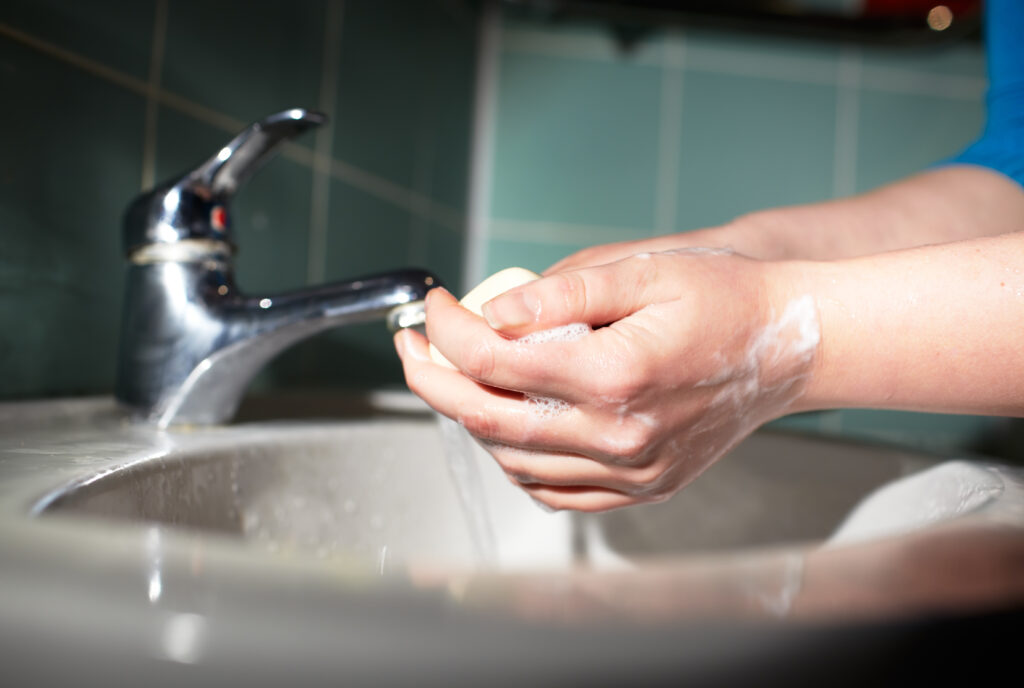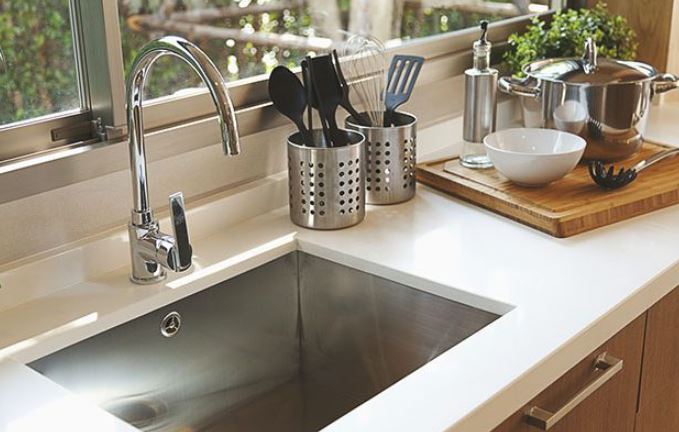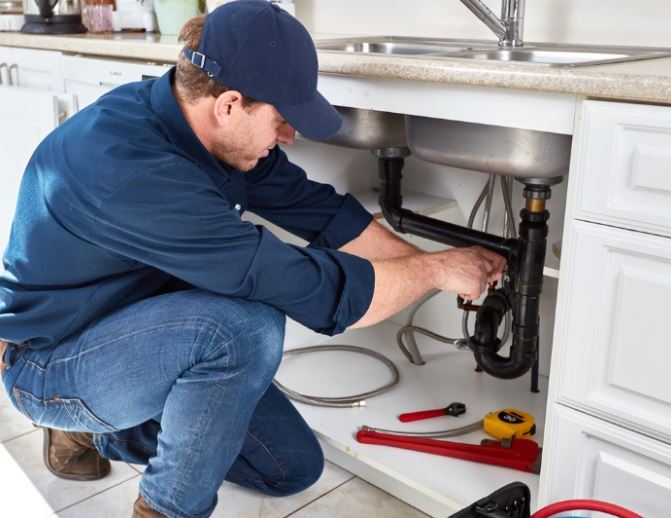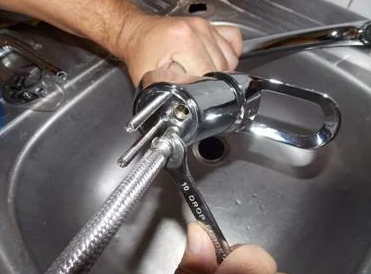Pipes and water are the foundation for all plumbing. The pipes in a house go under the ground to bring fresh, clean drinking water into your home so you can take showers or drink from them without getting sick. Plumbing also carries away dirty wastewater which has been used up by cooking or washing dishes etcetera that needs to be disposed of safely otherwise it could contaminate other areas if left unattended!
The water mixer is an irreplaceable sanitary device. There are different types of devices for devices with different functionality for plumbing:
- kitchen sink;
- washbasin, sink;
- baths;
- shower, shower systems;
- bidet.
Among the variety of models, it is important to choose the best option, taking into account the parameters of the device for which you need a crane.
Choose a bathroom faucet with a shower

First of all, decide on the model. The following options are available on the market:
- Single lever. The easy-to-use device, where one handle adjusts the pressure and temperature by turning left-right and up-down.
- Two-valve. The classic version, outdated, but it is still in demand. Equipped with two faucet-axle mechanisms for cold and hot water. Its disadvantage is an inconvenient adjustment.
- Cascading. The device that supplies water is not the usual stream but in the form of a waterfall. Some are equipped with lighting for greater aesthetics.
- Thermostatic. A modern device with a thermostat that allows you to pre-program the desired temperature without setting it every time.
- Contactless. The most expensive option, which turns on automatically when you raise your hand.
- Combined. It has a rotating goose that simultaneously regulates the water in the tap and showerhead.
Pay attention to the method of plumbing installation. Devices are wall, built-in, recessed. Choose a faucet for the features of the bath and interior design.
How to choose the right kitchen faucet?

Kitchen faucets also include all of the above types – valve, single-lever, thermostatic, etc. In addition to the type of product, consider the size of the sink. For a small sink suitable option with a retractable spout. Thanks to adjustment of the length of a hose it is convenient to wash ware, vegetables.
Pay attention to the aerator – a mesh nozzle that attaches to the end of the tap and mixes the jet with air. It saves water consumption without losing the density of the jet. Choose removable nozzles, as they are often dirty and require replacement.
Manufacturing materials
Cheap plumbing products are made of silumin. Its pros and cons: the material is light, cheap, but fragile, spoiled by acids and alkalis. More expensive devices are made of an alloy of brass with bronze or alloy steel. They are reliable in use, durable. The chrome-plated outer coating protects against scratches.
Tips for plumbing
- Pay attention to the weight of the product. Too light constructions are short-lived.
- Choose models with universal parts that can be replaced in the event of a breakdown.
- To make the right choice, read the reviews and watch the video:
HOW TO DISASSEMBLE THE FAUCET?
Faucets in the bathroom or kitchen often break. To save on plumbing services, learn how to repair the device yourself. Step-by-step instructions will help you with this.
How to disassemble a faucet in the bathroom if it is leaking?

Before disassembling the faucet in the bath or sink, read its installation. The most popular models are single-lever and two-valve. They differ in design features, so the parsing scheme will be different.
Inside the body of single-lever kitchen faucets and shower, faucets is a special ball mechanism or cylindrical cartridge designed for mixing cold and hot water. The central unit of the ball mechanism is a mixing chamber with three holes. One of them connects to the spout, through which passes mixed hot and cold water.
The cartridge mechanism consists of two or three plates, which also have three holes: two of them are stationary, and the third is displaced when turning the switch knob, allowing the flow to mix. At the top is the rod on which the handle is attached.
The basis of the two-valve type model is a crane-axle – a special valve head that regulates the pressure. There are two versions of the crane-axle device – with a rubber or ceramic gasket.
The first has a gasket in the form of a flat rubber ring, to open it, you need to turn the valve several times. Such a device is considered obsolete. The second option is equipped with a ceramic gasket. To open it and control the pressure, turn the valve 90 degrees. Due to this feature, the mechanism is called semi-reversible.
The scheme of analysis of single-lever cranes
Purchase a cartridge similar to the one that leaks. For plumbing repair prepare the screw-driver, pliers, a hexagonal adjustable wrench. First, turn off the water supply. Then follow these steps:
- Use a screwdriver to lift the decorative cap on the body of the appliance. Inside you will see a bolt that fixes the regulation of water pressure and temperature.
- Unscrew the bolt with a screwdriver, remove the adjusting lever.
- Unscrew the cap that closes the cartridge with your hands.
- Use an adjustable wrench to unscrew the nut that presses on the part and remove it.
- Remove the broken cartridge and replace it with a new one.
- Make sure the holes match.
- Try to rotate the part around its axis: it should not move.
- Assemble the structure in reverse order.
- Turn on the water and check the operation of the appliance.
Scheme of disassembly of the two-valve mixer
Prepare the same tools for disassembly for plumbing. Shut off the water supply on the risers. Open both valves, reducing the pressure in the pipes. Then follow the instructions:
- Remove the cap on the housing.
- Unscrew the valve mounts with a screwdriver, remove them, opening access to the crane axle box.
- With a key unscrew cap nuts, take away a goose.
- After adjusting the adjustable wrench to the size of the hexagon, unscrew the axle box.
- Change the gaskets (rubber can be cut yourself from a piece of rubber or put silicone; buy ceramic in a plumbing store).
- Install the disassembled elements in place, assemble the structure.
- Connect the water supply and check the work done to make sure there are no leaks.
Tips for plumbing
- Before removing the damage, cover the floor in the bathroom with rags to avoid contamination.
- If the parts do not twist well, moisten the thread with a small amount of kerosene, antifreeze, or a special liquid WD-40. This will help soften scale, rust, limescale.
- When buying spare parts, make sure that they match the model of your device.
Another article on this blog that might interests you:
Plumbing: Preventive Maintenance

